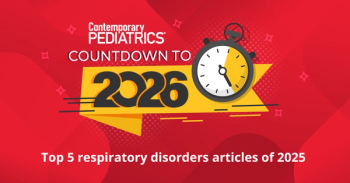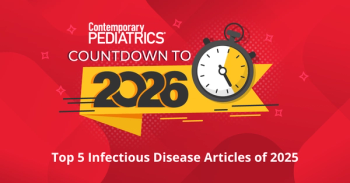
Using in-school screenings to find vision problems
Vision problems can negatively impact learning and should be found as soon as possible. A report examines whether in-school exams could help.
A child who needs glasses will often have difficulty learning in school and the visual problems can even negatively impact visual development. A
The researchers ran a prospective cohort study that offered vision screening to junior kindergarten and senior kindergarten students at 43 schools in 15 different communities in Ontario, Canada. The screening used photoscreeners, visual acuity tests, stereoacuity, and eye alignment. Children who didn’t pass every screening were referred for a comprehensive eye examination.
The program used both a passive consent model, which resulted in 89% of children being screened, and an active consent model that resulted in 62% of children being screening. The referral rate for a comprehensive exam varied across the schools. There were 4811 children screened and 516 had a visual program detected, which included 164 children with amblyopia and 324 with clinically significant refractive errors. The exam was the first one for 347 of the children who had a visual problem. A rescreening in the second year didn’t lead to detection of additional program in children who passed the screening the first year. Nearly 1600 children underwent a follow-up optometry exam. Many of the children who were asked about whether they had enjoyed the screening indicated that they had.
The investigators concluded that utilizing in-school vision screening that included referrals for follow-up exams when needed, was an effective way to discover which children had vision issues and needed further care.
Reference
1. Nishimura M, Wong A, Dimaras H, Maurer D. Feasibility of a school-based vision screening program to detect undiagnosed visual problems in kindergarten children in Ontario. Can Med Assoc J. 2020:192(29):E822-E831. doi:10.1503/cmaj.191085
Newsletter
Access practical, evidence-based guidance to support better care for our youngest patients. Join our email list for the latest clinical updates.




